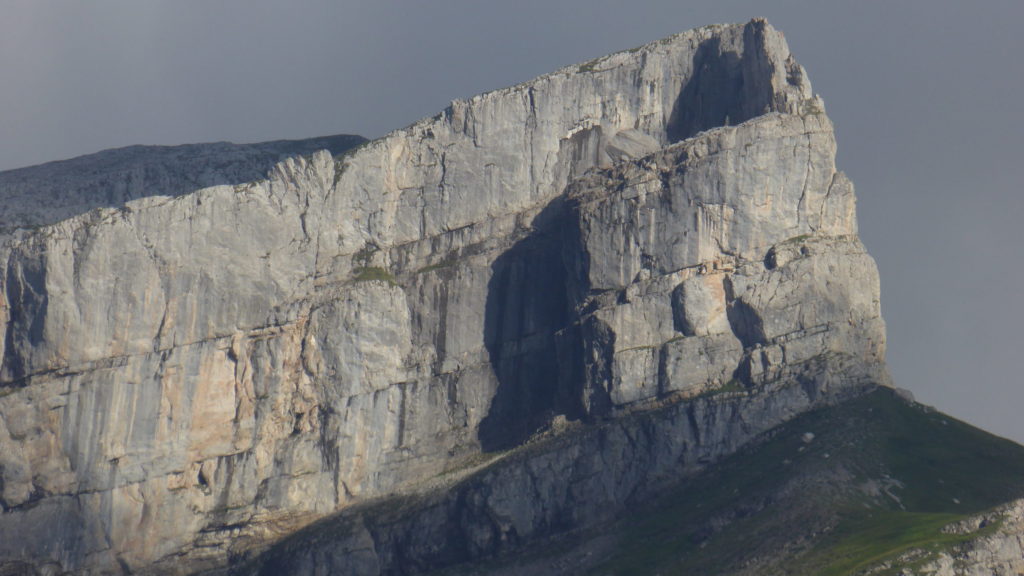Colin Furze and the 360 Swing
When you have lengths of pipe, a welder, a water container and a big enough garden you can get up to some mischief. Colin Furze and the 360 Swing are an interesting demonstration of this. In the first two videos you see him build the structure and in the next two videos you see him do some 360 swings with the structure.
He is a plumber by profession but makes some fun and entertaining videos for youtube in his free time. In these videos he has built a flame throwing guitar, magnetic shoes, built a bunker, created eccentric door bells and more. He also made a firework shooting bazooka and put a motor bike engine in a tuktuk.
The video above is a behind the scenes look at part of the discussions and includes some drone footage of the swing being used to successfully complete a few 360 rotations on the swing with and without the motor.
When you see him add the paramotor to the swing you see that he has taken the idea too far. By the end of the video he feels a little weaker as you’d expect. I don’t know how many Gs he put himself through. It was enough to make him feel unwell by the end of the clip.
I enjoy watching the building process of these eccentric contraptions because we see that safety is taken in to consideration. In either the first or the second video he says that he usually does two things. The first one is built off camera to make sure that he knows what he is doing and when he is confident he builds a component for the second time on camera. In this project we see that there is a reasonable amount of testing to make sure that everything behaves properly before moving on to the next step.
There are a number of videos like this on youtube that teach you about engineering and building eccentric machines. Colin Furze is just one of many youtube video makers to build things and then use them.



